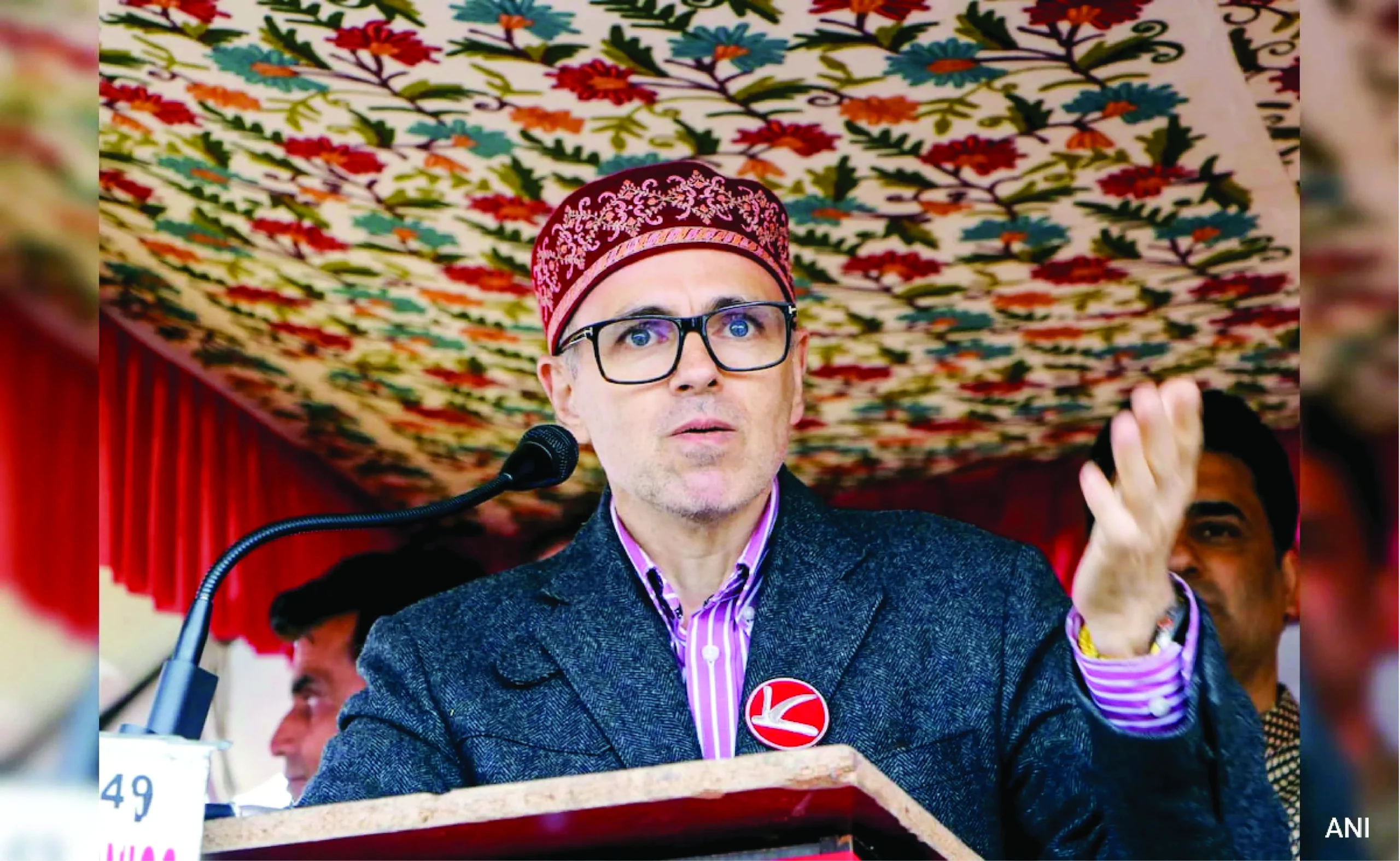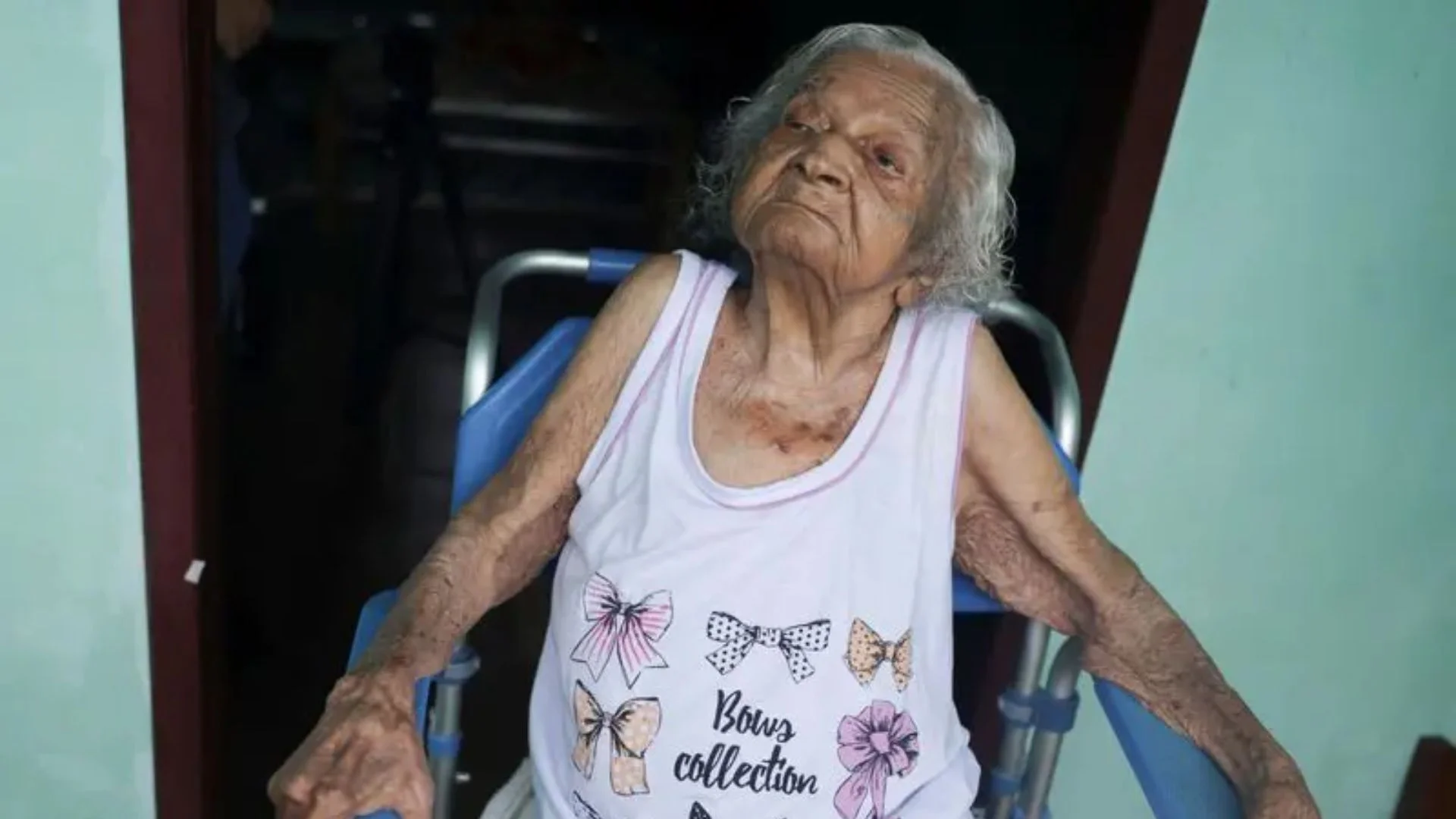For several decades, there has been an extreme and perpetual unfairness in announcing the death sentence in India. Procedural unfairness has consistently been reflected in the judgements of the Supreme Court of India by our erstwhile judges, lawyers, researchers, et cetera. In the middle of such a crisis, they are concerned about an unwelcome prevalence of lack of control of the authority in sentencing methods that inflict the death penalty. Additionally, experts have noticed that the courtroom witnesses almost no information about the accused during the passage of a death sentence. The recent judgement of Manoj and Ors. vs the State of MP pursues the long snubbed, but a pivotal aspect of sentencing the death penalty. One must observe this particular attempt in Manoj with the Supreme Court’s evident uneasiness in the previous year where lower courts executed unfairness in the declaration of the death sentence.
Individualised Sentencing
The Supreme Court validated the constitutionality of the death sentence in 1980 in the case of Bachan Singh vs the State of Punjab and brought individualised sentencing to the foreground. It also instructed courts to examine the crime and life situations of the accused. Since the case of Bachan Singh, there have been various disagreements about which criminal cases require death sentences and what type of information is needed to validate the sentence. Most prisoners are poor and cannot afford top-class lawyers to represent them. So, the courts make little effort to gather information and know the circumstances of the accused during the passing of a death sentence.
In September 2021, Justice N.V. Ramana was the Chief Justice of India. At this time, three benches of the Supreme Court of India heard arguments over 13 death penalty appeals and provided judgements in 10 cases. It declared three acquittals in one case and commutations in the other. A common point of profound concern runs through these cases—the amount of fairness in passing the death penalty and the lack of complete information available to the court about the accused.
Another bench headed by Justice U.U. Lalit and comprising Justices Ravindra Bhat, Bela Trivedi and P.S. Narasimha have presented their concern about the lack of information about the accused. Having recognised the importance of such information for passing a fair death sentence, the Bench in September 2021 ordered the presentation of reports of probation officers, prison officers and mental health professionals for the Manoj case. From the final judgement passed by the Supreme Court, it is evident that the court has taken necessary steps towards the realisation of the need for “individualised sentencing inquiry” as envisioned by the court 42 years earlier in the case of Bachan Singh.
The life-history approach furnishes a framework to view the circumstances of life as connected to each other. Courts have acknowledged the socio-economic circumstances of an individual as a mitigating factor in several death penalty cases. The fact that the socio-economic circumstances of a person are interconnected to other factors, like the impact of poverty on the individual’s access to proper housing, education, and health facilities, makes the matter quite engrossing, and all of these combined impact the life choices of that person.
For the first time, the Supreme Court has presented information like family background and any record of violence or ignorance (called remote factors or experiences) that would act as a mitigating factor. Negative experiences are not a one-day case, but amass over a period. The life-history approach is a perfect solution for such an inquiry. It helps to gain cognizance of how early life situations have played a role in shaping a human character and how these situations affect the choices of an adult.
While we hope that the life-history approach adopted by the Supreme Court in affecting the passing of the death sentence would find its way into the lower courts, the real difficulty lies in comprehending such rich information by these courts. The requirements of individualised sentencing are poles apart from the conventional checklist-based method of presentation of mitigation. Individualised sentencing is a vital fundamental principle of the criminal justice system of our country. Also, one should remember that with the introduction of non-legal expertise into courts, courts need preparation to acknowledge the evidence. Questions on contradicting findings from reports and opinions while the passage of the death sentence may also arise, and courts should address these by acknowledging the existence of evidentiary standards and judicial dicta. Hence, courts should remain curbed by the boundaries of the evidence act during death sentencing.
The decision in the “Manoj” case is a big and positive step towards a more significant and enlightened sentencing inquiry. More inquiry into complicated questions regarding sentencing will be inexorable to offer procedural fairness for the accused under death sentences.
Amaresh Rai is a political mentor.























